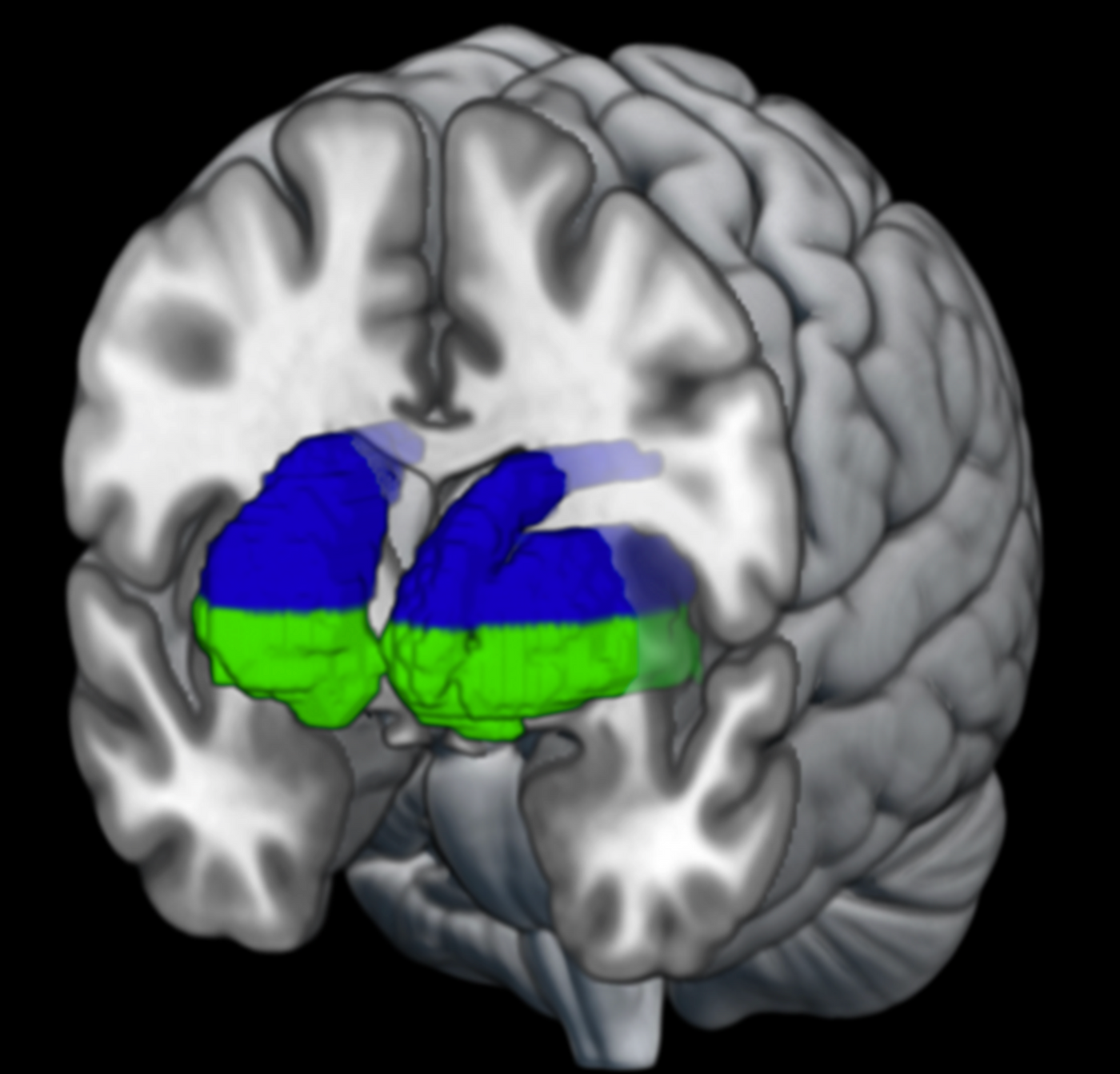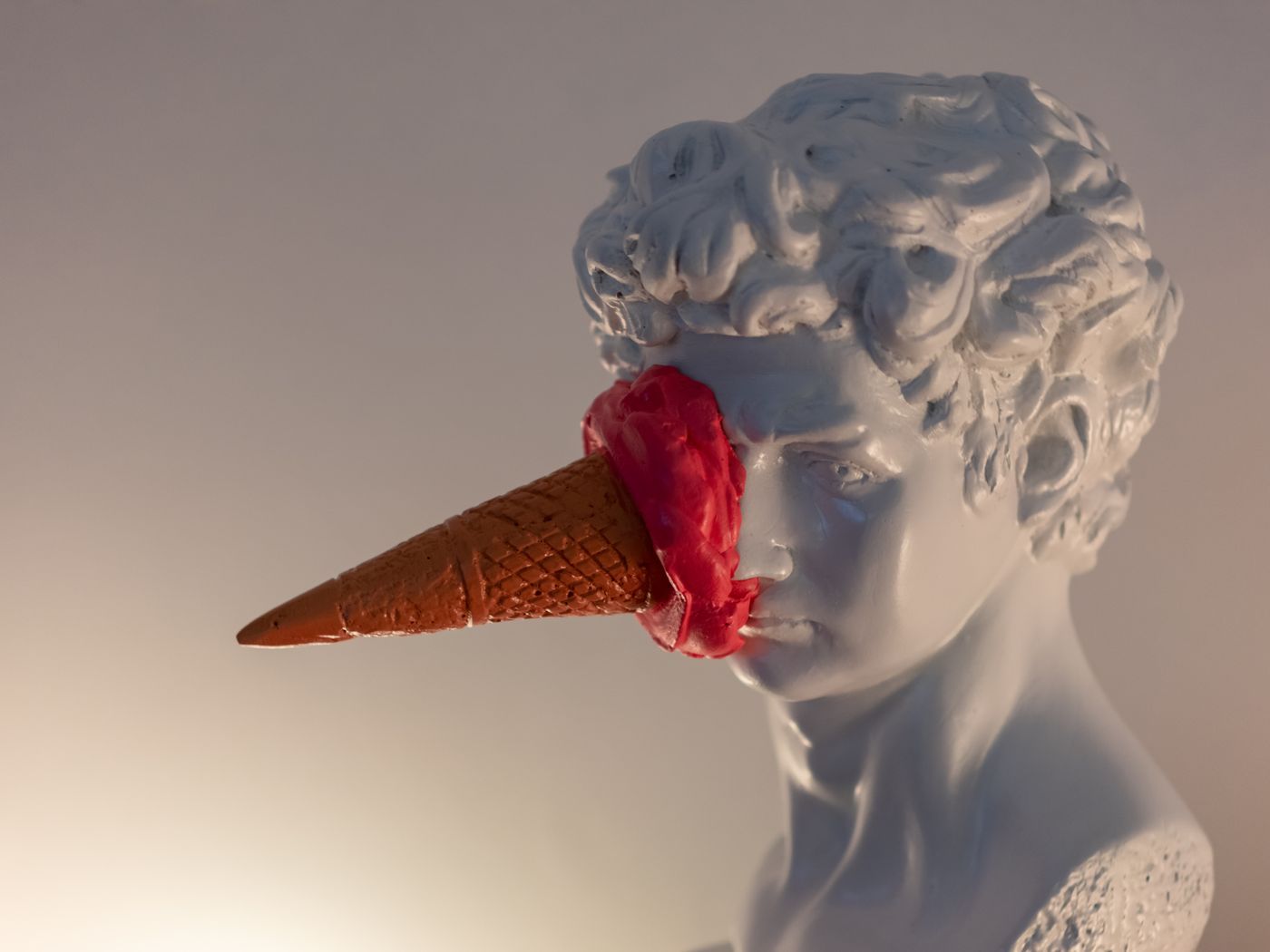Seinfeld and the Striatum: Humor processing below the cortex
For a brief moment, the best-priced performance in London was a comedy show by Western University neuroscientists. No two-drink minimum necessary. Participants in the study had their brains scanned while entertained by various forms of comedy. Published in the Journal of Neuroscience, the study by Dr. Margaret Prenger and her colleagues revealed fascinating connections underlying our comprehension and enjoyment of humor. The research casts a spotlight on the unappreciated brain regions of comedy.
The average joke includes two components: the setup and the punchline. Setups can contain multiple engaging elements that build context and suspense. Punchlines often reveal an absurdity that's clearly false (to the quick-witted). The expectations, conventions, or logic presented in the setup are broken by the punchline to the audience's delight.
According to humorous research (pun intended), there are also two components or stages to cognitively processing a joke; a fine delineation exists between comprehension and appreciation. Research suggests that the human brain processes each of these stages using its own distinct yet connected regions.
Humor comprehension involves the cognitive challenge of unraveling why a joke is funny, and often entails thinking abstractly, taking various perspectives, and recognizing incompatibilities.
Previous research indicates that the inability to recognize the absurdity of a punchline and thus appreciate humor is associated with naivety or dumbness. Or at least that's what I'll tell my editor when we receive complaints.
A classic 1970s study by Wierzbicki and Young linked intelligence to humor comprehension. The study featured 165 college males who were presented a series of newspaper comic strips. The caption originally printed with the cartoon was offered along with three decoys and participants attempted to match the original caption to the cartoon. Higher intelligence, measured by a verbal comprehension task, was positively correlated with correctly identified comic captions. Women were not included in this study because their ability to process humor was not discovered until 2012. But, in addition to comprehension, intelligence might also affect appreciation.
More recent studies have examined brain activity during both stages of humor processing. In a small fMRI study with children participants, intelligence and age were associated with "stronger activity to humor" during comprehension and appreciation (Vriticka, et al, 2013). Research on mischievous, dark humor in adults suggests that higher education and intelligence play a role in the brain's response (Willinger, et al., 2017). In a recent EEG study on the adult brain, processing patterns during incongruency detection and mirth were modulated by IQ (Li et al. 2022).
But comprehension isn't everything. Just because you could identify that Uncle Kevin was telling a joke at Thanksgiving doesn't mean you enjoyed it. The difference between a good uncle and a great uncle is the appreciation stage of humor processing.
The positive response felt when hearing a joke comes from resolving the joke's incompatible elements. This produces satisfaction in the form of reward-related activity in the brain. Yet evidence that humor releases the reward-related neurotransmitter dopamine is scant. This might be because the subcortical areas of the brain responsible for this joyful molecule are often overlooked in humor research.
Prenger et al. sought to fill in this gap of knowledge by focusing on the roles of the dorsal striatum (DS) and ventral striatum (VS) in both understanding and relishing comedy. These striatum regions are each linked to their own joke adjacent cognitive domains.
Dorsal (blue) and ventral (green) striatum Prenger et al. 2023
The way the authors present it, the DS is the red-headed stepchild of humor-associated brain regions. There's not often enough statistical power for the puny DS to demonstrate significance once the big, important cortical regions are examined. Encompassing the dorsal caudate nucleus and putamen, the DS is a worthy region of interest for humor. It processes ambiguity, holds information in the mind for later use (working memory), and aids cognitive flexibility.
The VS, housing the nucleus accumbens, ventral caudate nucleus, and putamen, is prone to activity during reward processing and enjoyment and, thus, a likely player in humor appreciation.
The experimental design employed by Pregner et al. yielded one of the most participant-pleasing experiences a neuroscience study can hope to deliver, short of a laboratory bar. The researchers aimed to meticulously capture whole-brain but especially striatum activity during humor processing. The show, I mean, experiments, began after participants found their seats in the fMRI machine. Each experiment measured brain activity during two different epochs: at punchline delivery to measure humor comprehension and just after the punchline to measure humor appreciation. The researchers were surely less concerned than other fMRI researchers about their participants falling asleep. According to their analysis, they instead needed to ensure laughter didn't cause too much head movement. None of the authors go by the name Shirley.
In the first experiment, participants had their brains scanned while hearing dead-pan delivered joke and non-joke sentences. While no supplemental methods could be found for the study, one might imagine the best Mitch Hedberg or Steven Wright one-liners. Presumably, due to the writer's strike, they had to recycle material.
The second experiment presented the participants with Seinfeld episodes. Impressively, the scientists utilized the laugh track, a pandering entertainment device, for scientific advancement. The moment of canned laughter served as a delineating line between times of comprehension and appreciation. The authors admit that the 1990s comedy might not be as timeless as fans would hope, though this wasn't empirically tested.
All the usual, big cortical areas identified in previous humor studies flourished during the entertainment: the inferior frontal gyrus, the medial frontal gyrus, and various temporal and parietal regions. But, under the cortical surface, the two phases of humor processing—comprehension and appreciation—ushered in their own striatal activity patterns.
The author's hypothesis that humor processing sparked fMRI BOLD signaling in the striatum was supported in their findings. The DS, with its language processing and ambiguity resolution, was involved in both stages of humor processing and, particularly, in the comprehension stage. The VS was activated during the appreciation stage, and because of its sensitivity to dopamine, this suggests that a good joke leads to dopamine release.
The study's findings challenged some existing assumptions. The reward-happy VS likely inspired mirthful enjoyment during the appreciation stage but also had something extra up its sleeve. The VS's activity during humor comprehension was an unexpected revelation. The authors suggest that when reward areas are engaged during comprehension, it might prime the brain for a big punchline payout. This could explain why a warmed-up crowd can make or break a comedian's set.
Unlike their stimuli, this research is not about nothing. The study adds the striatum to the network of brain areas implicated in humor processing, providing crucial insights into the subcortical brain regions likely essential for understanding and enjoying humor.
The sub-field of humor processing is limited by unique constraints. For one thing, most areas of behavior research build upon a body of non-human animal findings. Studies using laboratory animals can quite literally crack skulls as they probe the brain activity and molecular changes caused by behavior. But unfortunately, scientists have yet to discover what mice find funny.
Another hindrance is the qualitative nature of humor. With no scientific algorithm to account for taste, it’s natural to be curious about the supplemental methods section, which contains the exact jokes, cartoons, and scripts. How can one be sure the stimuli or even the scientists are funny? “A good sense of humor,” though required by 90% of females on dating apps, is not a measurable thing. At least in this case, the use of one of the most highly regarded situation comedies of recent times alleviates concerns about quality. It's ironic for the study of humor that a joke will lose its luster when closely examined. As comedian Jon Stewart warns regarding joke analysis, sometimes "it's best if we don't break it down."
Though all signs point to "yes," there won’t be any confirmation that humor induces dopamine release any time soon. Only this year, cutting-edge brain recordings measured the in-time release of dopamine from the brains of epileptic volunteers. It will be difficult for humor scientists to definitively link the positive feeling of humor to dopamine until more advanced technology is developed or an army of brave epileptic recruits is assembled.
Prenger et al.'s findings emphasize the multifaceted neural components underlying our perception and enjoyment of humor. Though useless to struggling comedians and unfunny uncles, these results bring our species closer to understanding one of the many ways our brains experience joy.
Sources: The Aristocrats (2005), Neuropsychologia, Parkinson’s Disease, Journal of Neurolinguistics, Cognitive Processing, The Journal Neuroscience, The Journal of General Psychology













